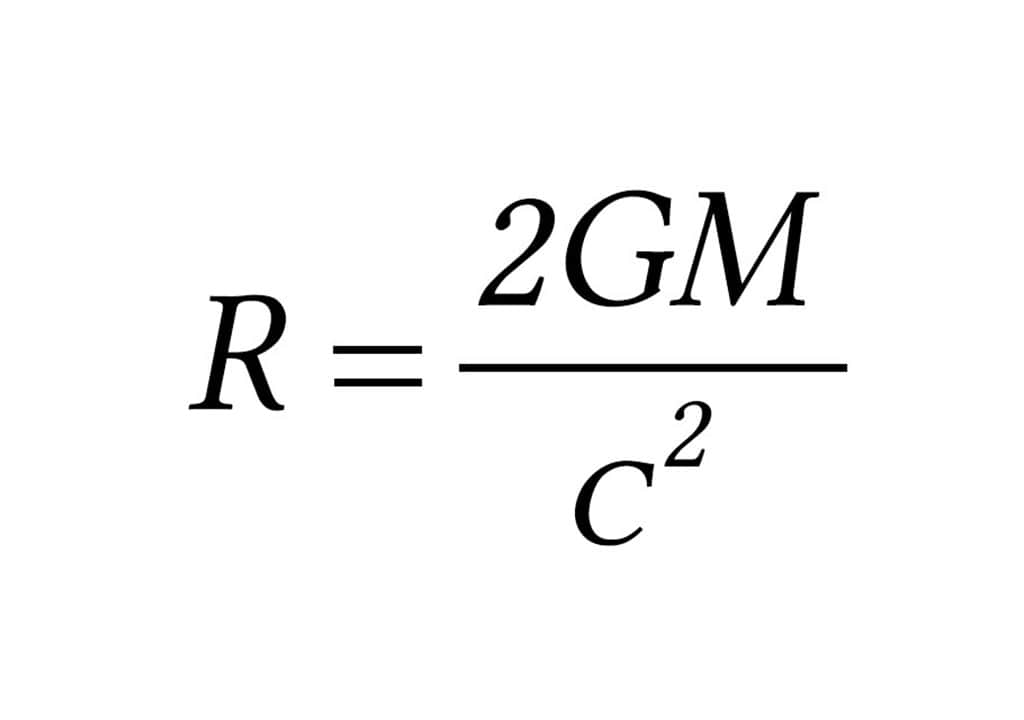You're right twice: I entered the 2 twice, and the speed of light is 3x10^8 (always double check!) According to SBCL (Lisp) the result is now 2384.692 meters.If I am reading your syntax above correctly, you seem to be using 3.336 x 10^9 m/s for your value of lightspeed. Lightspeed is 3.0 x 10^8 m/s. I believe there is also an additional factor of 2 in your numerator.
That makes the corrected code (if it's correct this time):
(/ (* 1.989e30 6.67e-11 2) (* 3.33564e8 3.33564e8)) ~= 2384.692 meters, or 2.38 kilometers, more or less.
However, I think the point still stands: It is a black hole and that means by definition there is an event horizon.
Last edited:

